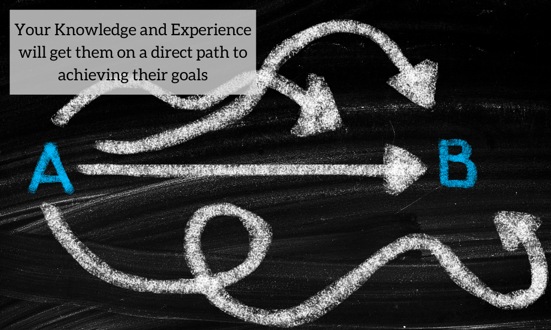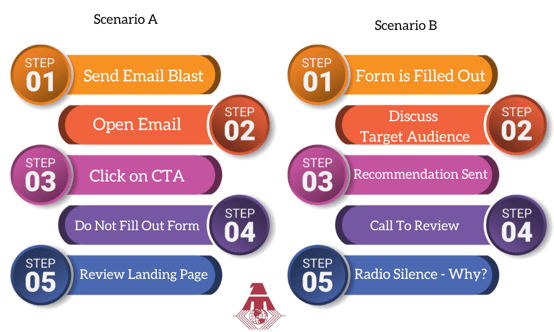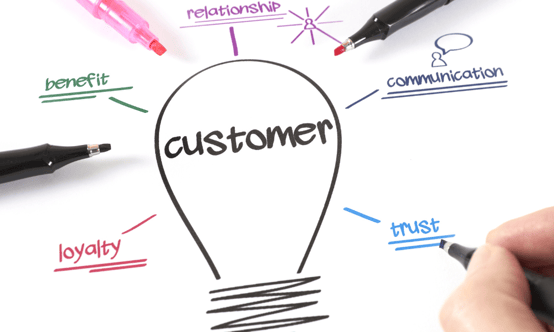How to Create Urgency in Industrial Auction and Executive Education Marketing Campaigns
Why Mapping Your Customer's Journey is Important
To stand out from your competition and to create successful marketing campaigns, you must create messaging that speaks directly to your audience. According to HubSpot, 42% of companies know their audience's basic demographics. Knowing your customers basic demographics is a great start, but more is needed to develop campaigns that will increase your customer base and loyalty.

What is customer journey mapping?
Mapping the customer journey is the process of visualizing and understanding the various touch points and interactions a customer has with a business or brand, from the initial point of awareness to the final purchase and post-purchase stages.
As you go through and start to understand your audience, the more you develop empathy for their problems and you can better serve them and instill trust.
When mapping your customer's journey, you can break it down by stages to understand the customer's experience and identify the following:
1. Gap in Services - Maybe they are interested in your offering but are not engaging and eventually drop off. You need to identify why did they stop engaging. Are you not offering what they need?
2. Key opportunities for Improvement - At this stage, your customer has taken it a step further but still don't find what they need so they drop off. They needed more information from you about how you can help solve their problem, but couldn't find it.
3. Optimize the whole customer experience - Have you taken the prospect through the different stages, giving them the information they need when they need it so they can make an informed decision to continue on the journey with you.
You will identify that there are different journeys for different personas. In addition, each type of customer will have specific goals and pain points based on their company.

To get a prospect to become a buyer, you need to set up a personalized experience in all of your B2B campaigns. Customer journey mapping will help with this process. You will need to create an experience that is consistent and cohesive across all channels. This means you need to create a strategy that includes your website, email marketing campaigns, branding initiatives, and any other touchpoint your prospect will see.
Other things to consider when mapping your customers journey:
Identify Your Prospects Goals: This step will give you ideas on where to step in and show your prospect how you can help them achieve their goals quickly and build trust with your brand as a reliable solution provider.
Know Your Prospects Pain Points: Identify your prospect's challenges and show how you have helped other companies overcome the same problems. When you know the pain points you can provide a unique experience that will place your company above the competition.
Many companies will say they know their customers, but in today's rapidly changing market, customers' challenges and goals constantly change. Therefore, your marketing strategy must be agile enough to change and reflect these changes.
Consistency: Today, B2B campaigns must have a personalized experience that can only come from knowing and understanding your audience. Mapping your customer's journey frequently helps you stay aware of what is most important to them and how to give them exactly what they want.

Giving prospects the information they need multiple times across all your channels helps reinforce your message and build the know, like, and trust relationship that will turn them into customer.
If a person or company sees how you can help them overcome their challenge faster, they will sign up. They want to get over the hurdle faster and efficiently so they can reach their goals.
Mapping your customers journey will also save you time and money. When all your messaging is cohesive across all channels, it helps your company to build a strong foundation. With this, you are able to instill trust and start to build relationships. The deeper they get into the journey, the more likely they are to become a customer.
Getting to know your prospects pain points will help you to map their journey and guide them to becoming customers. It may take longer for some than others, but when you know and understand where they are now and where they want to be, you can help them get the result easier and faster.





